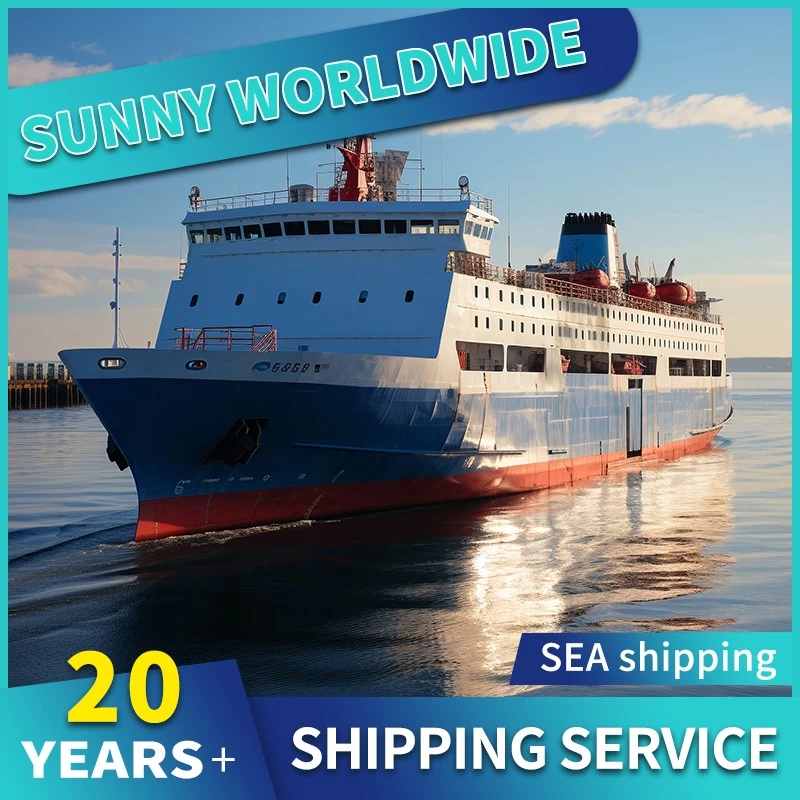
Market Fluctuations and Divergent Freight Rates
In the first quarter of 2025, the global maritime freight market exhibited significant divergence. Due to seasonal demand declines, freight rates on four major routes fell for 10 consecutive weeks, with some routes quoting as low as "1 USD" per container. However, the U.S. West Coast route saw rates rise due to port congestion and vessel incidents (e.g., a fire on the MSC container ship "ONE Integrity").
Frequent Adjustments to Surcharges
Shipping lines have responded to cost pressures by imposing peak season surcharges (PSS) and emergency operational surcharges (EOS). For example, MSC announced PSS on certain sailings from Asia to the U.S.-Canada route, while Hapag-Lloyd imposed a GRI on Asia-Latin America routes.
M&A and Strategic Partnerships
Leading freight forwarders are accelerating global expansion through M&A. In 2025, CMA CGM Group acquired Belgian air cargo operations and signed a green methanol supply agreement with SIPG and Shanghai Electric. COSCO Shipping Holdings reported a 105.78% YoY increase in 2024 net profit, with revenue exceeding RMB 233.8 billion.
SMEs Focus on Niche Markets
Smaller firms are differentiating through specialized services (e.g., cold chain, dangerous goods transport) and investing in cross-functional talent (logistics, IT, foreign languages), with annual training expenditures rising 20%.
Digital Transformation and Emerging Technologies
Blockchain, IoT, and AI are reshaping the industry. Real-time cargo tracking and route optimization reduce operational costs by 10%-15%, while AI-driven customs clearance automation cuts processing times by over 30%.
Compliance and Risk Management
U.S. Customs has tightened scrutiny on origin labeling, requiring "Made in China" tags for all imports. Heightened tariff threats and fraudulent practices (e.g., backdated bills of lading) necessitate stronger compliance controls.
Green Logistics Development
The industry is prioritizing low-carbon operations, with CMA CGM Sea shipping and SIPG collaborating on green methanol supply to reduce emissions.
Regional Trade Agreements Drive Demand
RCEP is fueling growth in Southeast Asia, with ASEAN freight demand expected to rise 12% in 2025. Enhanced last-mile delivery networks (e.g., smart lockers, drones) are improving customer satisfaction.